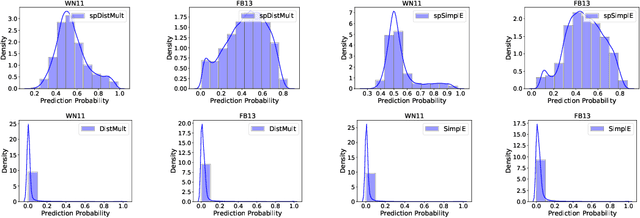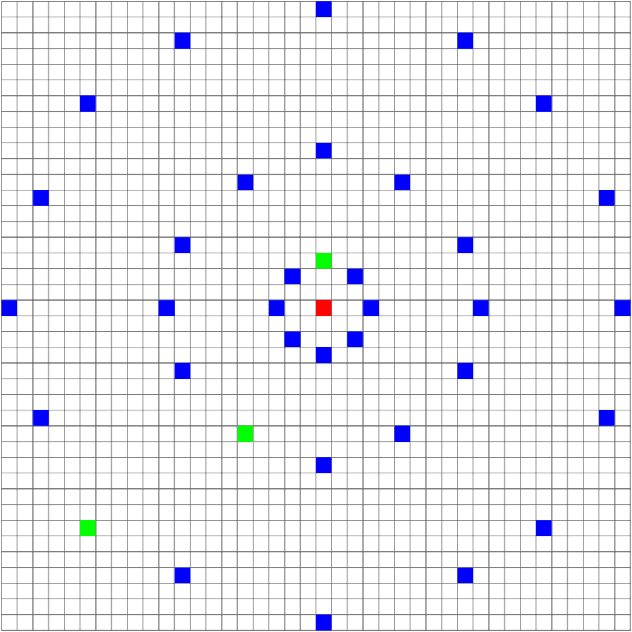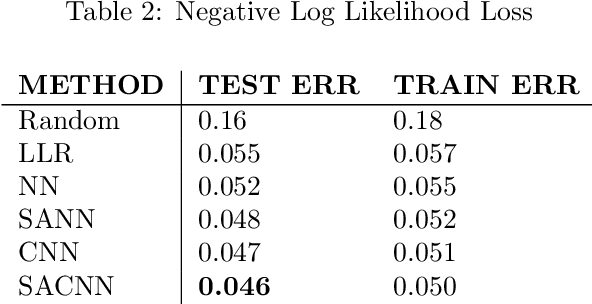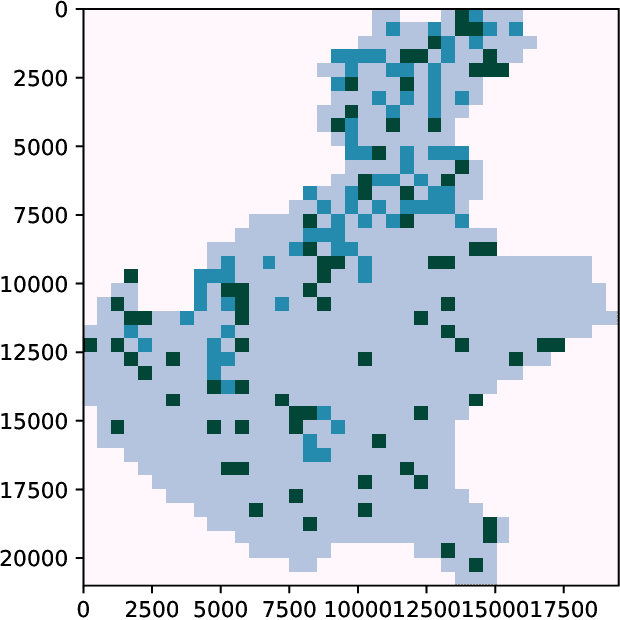Ainaz Hajimoradlou
Stay Positive: Knowledge Graph Embedding Without Negative Sampling
Jan 07, 2022


Abstract:Knowledge graphs (KGs) are typically incomplete and we often wish to infer new facts given the existing ones. This can be thought of as a binary classification problem; we aim to predict if new facts are true or false. Unfortunately, we generally only have positive examples (the known facts) but we also need negative ones to train a classifier. To resolve this, it is usual to generate negative examples using a negative sampling strategy. However, this can produce false negatives which may reduce performance, is computationally expensive, and does not produce calibrated classification probabilities. In this paper, we propose a training procedure that obviates the need for negative sampling by adding a novel regularization term to the loss function. Our results for two relational embedding models (DistMult and SimplE) show the merit of our proposal both in terms of performance and speed.
A Probabilistic Approach for Predicting Landslides by Learning a Self-Aligned Deep Convolutional Model
Nov 12, 2019



Abstract:Landslides are movement of soil and rock under the influence of gravity. They are common phenomena that cause significant human and economic losses every year. To reduce the impact of landslides, experts have developed tools to identify areas that are more likely to generate landslides. We propose a novel statistical approach for predicting landslides using deep convolutional networks. Using a standardized dataset of georeferenced images consisting of slope, elevation, land cover, lithology, rock age, and rock family as inputs, we deliver a landslide susceptibility map as output. We call our model a Self-Aligned Convolutional Neural Network, SACNN, as it follows the ground surface at multiple scales to predict possible landslide occurrence for a single point. To validate our method, we compare it to several baselines, including linear regression, a neural network, and a convolutional network, using log-likelihood error and Receiver Operating Characteristic curves on the test set. We show that our model performs better than the other proposed baselines, suggesting that such deep convolutional models are effective in heterogenous datasets for improving landslide susceptibility maps, which has the potential to reduce the human and economic cost of these events.
 Add to Chrome
Add to Chrome Add to Firefox
Add to Firefox Add to Edge
Add to Edge